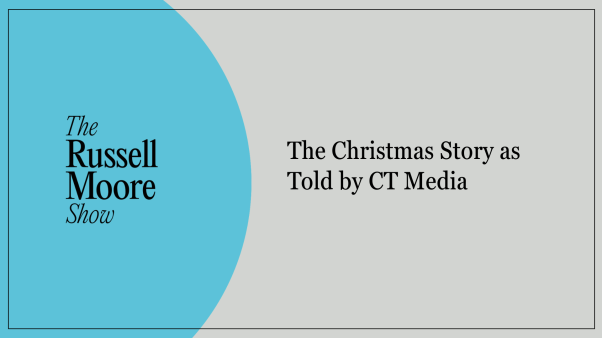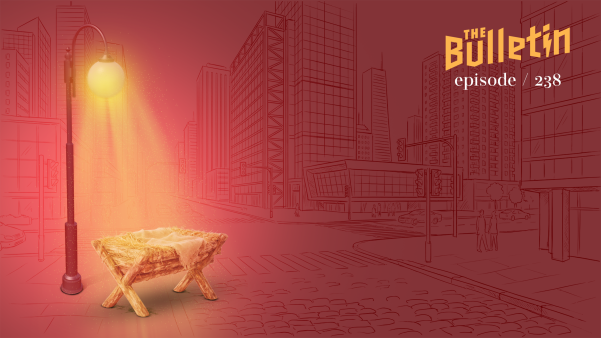The term “Pietism” was first applied as a term of derision at Frankfort on Main, Germany in 1674.
While there is no official or recognizable “Pietist” church or denomination as such, nevertheless the movement has left its mark on much of contemporary Christianity. The influence of the “Pietists” can be clearly traced in contemporary expressions of missions, ecumenism, revivalism, social activism and Bible study groups. Pietism has also influenced how we worship through its rich hymnology, how we give, and how we conduct our devotional life.
Pietism and Puritanism, while usually considered two separate movements, were actually related. Puritanism was one of the formative influences on Pietism. The American Puritan Cotton Mather carried on correspondence with the Pietist leader Spener.
Pietists did not see themselves as a new church but as an extension of the Reformation within the Reformation churches. They did promote the creation of conventicles (cell groups), that is little churches within the church.
A Pietist, A.H. Francke, instituted the faith mission movement by depending upon voluntary contributions of friends for the support of his schools. He is said to have believed in vivid, specific answers to prayers.
Pietists in the Netherlands were the first to use the term “huts kerk” or house church for their renewal meetings.
New World Pietists negotiated liberal treaties with Native Americans when occupying lands.
The Pietist Amana Society was turned into a joint stock corporation and now ranks as one of the leading producers of household appliances in the U.S.
A Pietist press at Ephrata produced the longest book in colonial America in 1748/49, The Martyr’s Mirror.
Pietists were uncomfortable with formal titles in the Christian community and introduced the nouns of address, “brother” and “sister.” Also “the pastor” was familiarized to “pastor” as a name. In six years in the early Eighteenth Century, the Halle Pietists distributed 100,000 New Testaments and 80,000 Bibles.
Pietist emphasis on Bible translation had the effect of generating renewed interest in written language wherever they went.
Pietists created the model of orphanages for both church-related and public programs. In each of Halle’s orphan asylums, children were taught a trade and treated as individuals.
The first organ was brought to the new world by the followers of the pietist Kelpius, many of whom were musicians.
Philip Jacob Spener’s Pia Desideria or “Heartfelt Desire for God-Pleasing Reform,” first published in 1675, is considered to be the “manifesto” of Pietism. An English translation is still being published today by Fortress Press who reports continued strong interest in the book. (See Pia Desideria).
Pietists known as the “Woman of the Wilderness”, settled in caves outside of Philadelphia, PA in 1695. This band of forty men sought to meditate and prepare for the coming of the Lord while engaged in works of mercy and evangelism.
Copyright © 1986 by the author or Christianity Today/Christian History magazine. Click here for reprint information on Christian History.










